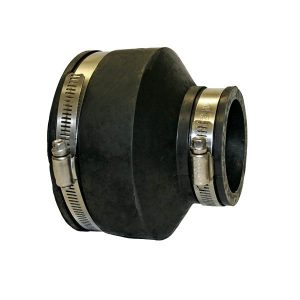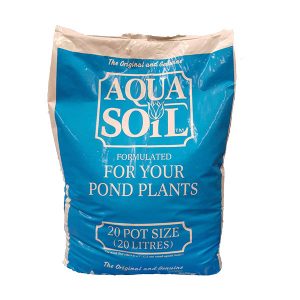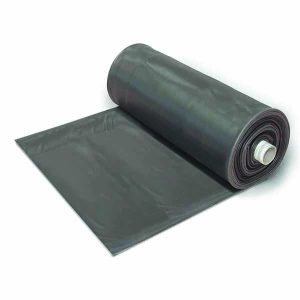Description
API 5 in 1 Aquarium Test Strips will help you understand the importance of water quality. By having the correct parameters and good water quality, it will help your fish and plants live longer and healthier lives.
How to use:
- Read enclosed instructions for use.
- Dip strip directly into aquarium.
- Swirl test strip 2 times in the water.
- Remove horizontally with pads face up.
- DO NOT SHAKE excess water off the strip.
- Compare to the colour chart on the tube.
- Starting with the pad closest to your hand, immediately read General Hardness (GH) and Carbonate Hardness (kH).
- Wait 30 seconds, then read pH, Nitrite (NO₂) and Nitrate (NO₃).
- IMPORTANT NOTE: Do not touch the test fields or hold them under running water.
It is recommended to test every 2-3 days in new aquariums and once a week in established aquariums.
Permanent Hardness (pH):
- The pH describes one of the most important chemical properties of your water, the balance between acids and bases.
- All fish, plants, and micro-organisms react very sensitively to drastic and rapid changes to the pH value.
- A pH value of between 6.5 and 8.5 is ideal for nearly all freshwater fish. This can be adjusted using either API pH UP or API pH DOWN.
Nitrite (NO₂):
- The nitrite level should be as low as possible, less than 0.3mg/l is ok, higher than 0.3mg/l is harmful.
- If the nitrite level is too high, carry out partial water changes (30% each) until the nitrite content is no more than 0.3mg/l. To help this, remove any debris such as fish food or plant remains, and add some API Stress Zyme.
Nitrate (NO₃):
- As part of the nitrogen cycle in your aquarium, organic material that contains nitrogen such as fish excrements and uneaten food degrades and causes nitrite (NO₂) and finally nitrate (NO₃) to accumulate in the water.
- Nitrate in concentrations greater than 50 mg/l in aquariums promote strong algae growth.
- If the nitrate concentration is too high, a partial water exchange should be carried out. In addition, good plant growth helps to reduce excess nitrate.
- Additional nitrate reduction in the aquarium can be achieved with API Aqua Essential.
- Always prepare the water with API Stress Coat or Aqua Essential before or after you add new water to the aquarium.
Carbonate Hardness (kH):
- Important in the stabilisation of the pH value. Ideally, your aquarium should be between 3-10 °dKH.
- kH represents the hydrogen carbonate concentration, which acts as a pH-buffer.
- A stable buffer capacity will be achieved by kH values higher than 6 °dH.
- If the kH level in your aquarium is too low, add a buffer to raise the levels such as NT Labs Aquarium pH Stabiliser – kH UP. This increases the hydrogen carbonate concentration and buffers the pH value in the long term.
General Hardness (gH):
- The general hardness (gH) is determined by the concentration of various ions in the water, such as calcium and magnesium.
- It has a direct influence on the vital functions of fish, plants, and micro-organisms.
- The general hardness value for most ornamental fish is between 6 and 16°dH
- If these readings are too low, you can add some Ciano Water GH to achieve the required levels.
Suitable for use in:
- tropical aquariums.
- cold water aquariums.
- ponds.
Not suitable for use in marine aquariums.








